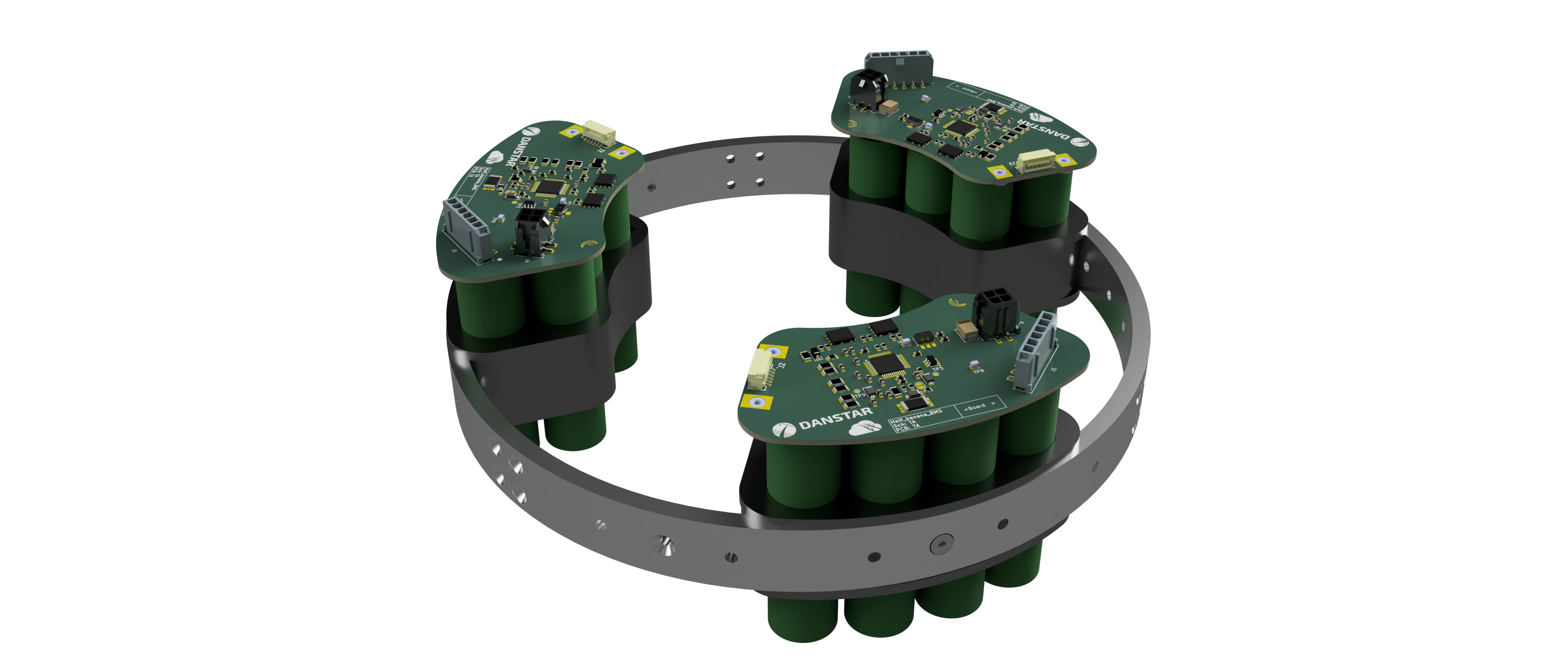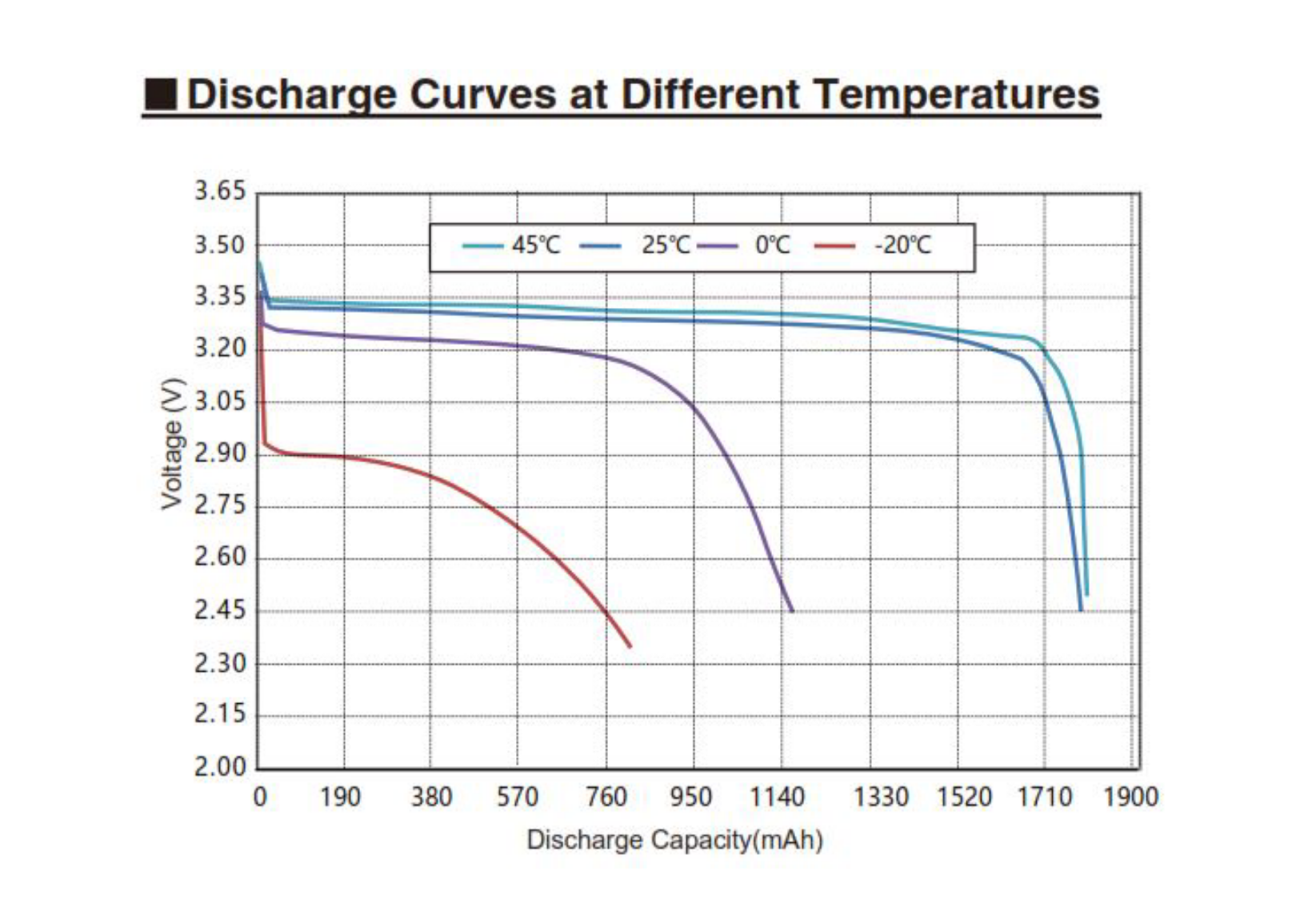Modular LiFePO4 Battery Pack with Integrated BMS for DanSTAR
The European rocketry team approached me to design a complete battery system to power their entire rocket.
Introduction
The European bi-liquid student rocketry team DanSTAR approached me to design, prototype, and test a complete battery system to power their entire rocket. This request came after EuRoC’s recent regulation changes, which banned Lithium-Polymer (LiPo) batteries due to their increased flammability and fire hazard risks.
“Lithium-Polymer (LiPo) batteries are not allowed due to the increased flammability and thus an increased fire hazard.”
— EuRoC Safety Regulations
System Requirements
- Nominal Voltage: 24V
- Power Demand: Previous launch system required 284W peak power
- Using \(P = V \cdot I\) \(\rightarrow\) \(I_{max} = \frac{284}{24} =\)11.8A
- Redundancy: Modular packs designed for parallel operation
- Communication: SPI/CAN interface with the rest of the system
- Battery Chemistry: LiFePO4 (for safety and compliance)
Battery Selection
Finding a reliable LiFePO4 supplier with transparent pricing and proper datasheets turned out to be surprisingly difficult. Batteryspace.com stood out due to its excellent documentation.
The LFP-18650-1800 was selected with the following characteristics:
- Capacity: 1800 mAh @ 0.5C
- Max Continuous Discharge: 9A (for short-term loads, e.g., servo movements)
- Pack Configuration: 7S1P per module, expandable in parallel
Mechanical Problem
- After talking to structures team, it was evident that the design of packs arranged in a star formation would abstruct piping and make securing packs to frame dififcult as centrally there is no mechanical fixture. notes
Solution:
- Half Banana having the packs arranged near the circumfrance and mounting rings made securing it to the rocket far easier. solution
Solution
The designed system consists of modular battery packs that can be stacked in parallel for redundancy and increased power output.
Key Features:
- 7S1P LiFePO4 configuration per pack
- Custom-designed BMS using the BQ76942
- Parallel-capable architecture for increased redundancy
- SPI communication
PCB Design:
Conclusion & Next Steps
Testing is ongoing! More updates will be added once validation is complete.
If you have any questions or want to collaborate, feel free to reach out.


